2017 Bajaj V12 review, test ride
The second family member of Bajaj’s ‘V’ series feels like it belongs to a class above.
Published on Jan 17, 2017 05:34:00 PM
22,332 Views
Follow us on
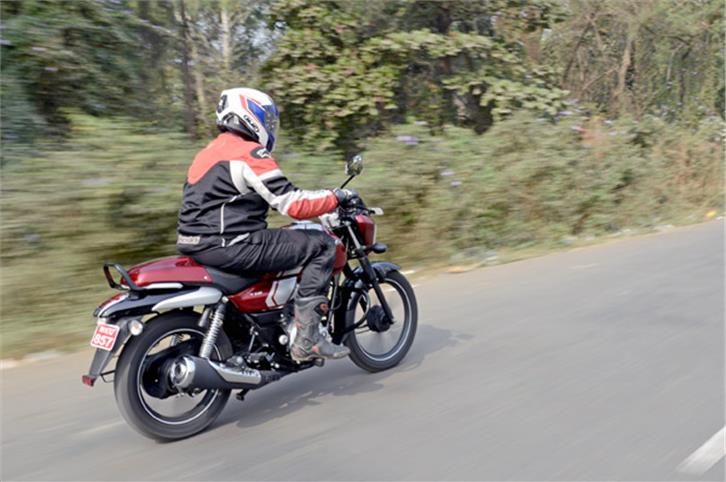
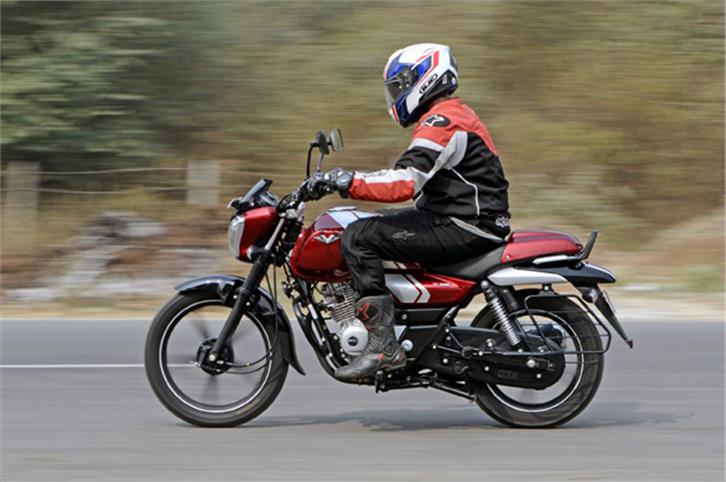
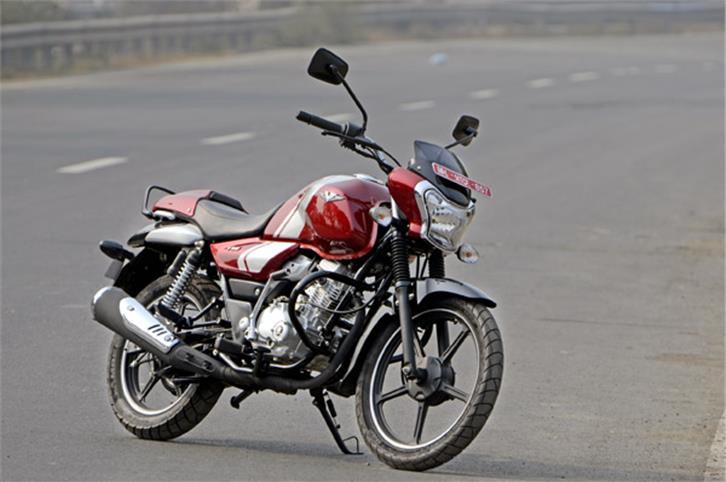
Bajaj has been quick to capitalise on the success of its ‘invincible’ V15 by launching the second member of the ‘V’ family – the V12. Still a commuter, the V12 will slot in below the V15 and will serve primarily as a price warrior – a model intended to make inroads into the competition’s market share by offering superior value for money. While the V15 was priced at a premium as compared to its primary rivals, the V12 is priced substantially more competitively.
This price competitiveness has been achieved by several cost-cutting measures. The front forks are slimmer, wheels different and tyres skinnier. The part-digital instrument cluster of the V15 has given way to a fully analogue unit and aluminium bits and pieces have been replaced by steel and plastic. The biggest cost-saving, however, is the engine block. Accommodating 125cc, as compared to the V15’s 150cc, this block is a derivative of the Discover’s. However, according to Bajaj (and we agree), “it is an all-new engine for all practical purposes.” The stroke is longer than that of the Discover, compelling all kinds of changes to the engine’s innards. The longer stroke also results in the production of more torque. In fact, the V12 produces at least 1Nm more torque than any of its competitors.
Beyond these cost-cutting measures, the V12 is identical to the V15. In fact, the only thing that would really give the V12 away to the untrained eye would be the badging. Up front, you have the same free-form, butterfly-shaped headlight, followed by the same sculpted, muscular tank. The wide seat is also the same, and so is the café-racer-style rear seat cover. Bajaj will also differentiate the two ‘V’ bikes by means of their paint schemes – the V12 comes in attractive colour combinations of white-on-red and orange-on-black.
Bajaj is very direct about the fact that despite its premium appearance and big-bike-like appeal, the V12 is, in fact, a commuter; the very platform of ‘V’ series bikes has been designed with that in mind. As a commuter, ease of riding and fuel efficiency overshadow outright performance.
Let’s get fuel efficiency out of the way first. Bajaj claims that the real-life (not the idealistic ARAI figures) mileage of the V12 will hover in the range of 50-55kpl, something which is the standard for this class. However, do bear in mind that we haven’t yet got an opportunity to test this for ourselves.
In terms of ease of riding, the V12 impresses. The riding position, to begin with, is quite relaxed. You are seated upright, the handlebars are well within accessible distance and the seat is wide and well-padded. The saddle height of 780mm is also suitable for riders of most sizes. The skinny front tyre makes for easy manoeuvring in traffic, and the chassis is well-engineered enough to give you full control over the bike’s movement.
Copyright (c) Autocar India. All rights reserved.



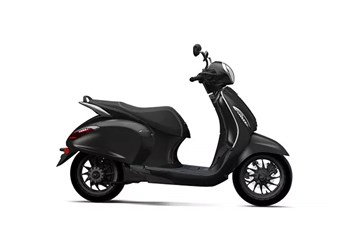

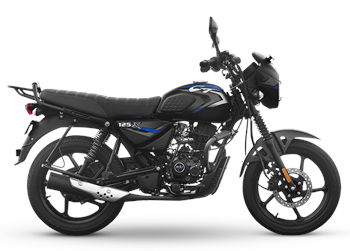
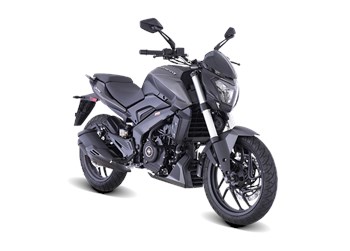
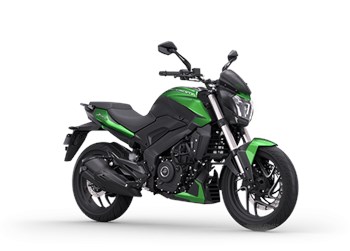

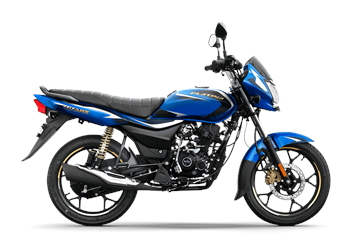
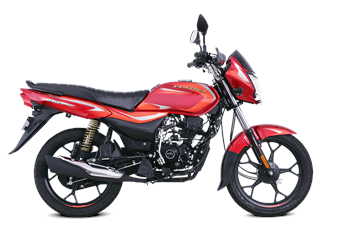

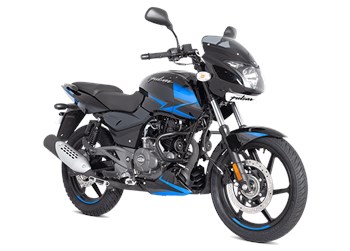
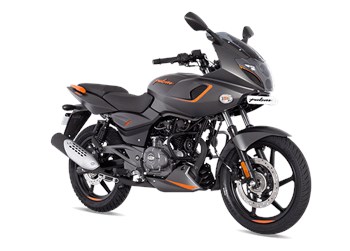

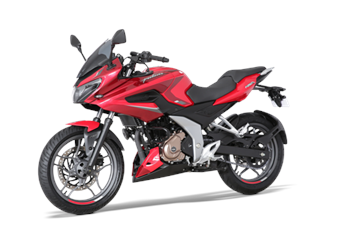
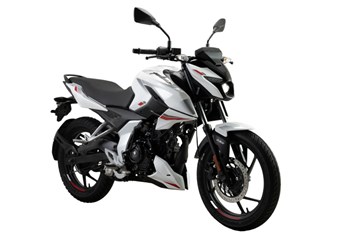


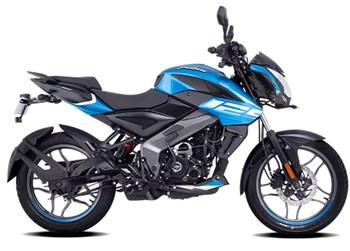

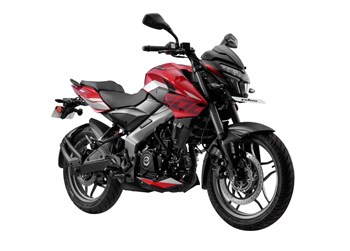



Comments
Member Login
Personal Details
No comments yet. Be the first to comment.